The United States has always been particularly formal about how it accepts the surrender of defeated enemies. Each time it happens, the event is charged with deliberate—and sometimes inadvertent—symbolism. Such was the case on October 19, 1781, when General George Washington and his colleague, French General Jean-Baptiste Donatien de Vimeur, comte de Rochambeau, accepted the surrender of British General Charles Cornwallis’s British forces at Yorktown. The whole event was highly ritualized—although Cornwallis refused to appear, sending his subordinate Charles O’Hara out instead—with Rochambeau and Washington sternly directing O’Hara to tender his sword to American General Benjamin Lincoln, who had the previous year himself been forced to surrender to the British at Charleston, South Carolina.
Likewise on April 9, 1865, when Confederate General Robert E. Lee and Union General Ulysses S. Grant met at Appomattox, Virginia. Although this surrender meeting was much more spur of the moment, it still was charged with symbolism that would last down through the ages. Victor and defeated unknowingly met in the home of farmer Wilmer McLean, who had fled there after having had the opening Battle of First Battle of Bull Run fought around his house on July 21, 1861. Both men conducted the surrender through a formal exchange of letters, with Grant’s concession that his former adversary officers could keep their swords, and the men their horses, standing out as an act of generosity.
General Douglas MacArthur speaks to open the surrender ceremonies on the USS Missouri on September 2, 1945. In the background is the flag flown by Commodore Perry in 1853. Courtesy US Navy.
Planners of the Japanese surrender in Tokyo Bay on September 2, 1945—marking the end not just to World War II but to 15 years of Japan’s military rampage across Asia—had more time to prepare this event than had Washington or Grant, and so cloaked it in even greater symbolism. The first was the choice of the location itself. On July 8, 1853, American Commodore Matthew Perry had sailed with four ships into Tokyo Bay, forcing open Japan’s gates to the outside world and specifically to the United States, as formalized in the Treaty of Kanagawa when Perry returned, on March 31, 1854. The fragile original banner flown by Perry in 1853 was prominently displayed above the ceremonial proceedings in 1945—symbolizing not just the past, but the intended future reopening of Japan to the world.
Ships sailing into Tokyo Bay for the surrender and occupation of Japan. Courtesy National Archives.
The armada that sailed into Tokyo Bay on September 2, 1945, was much more massive than the one that had appeared there almost a century earlier. It consisted of over 300 ships of all varieties and from many nations, all of them carefully tabulated by the US Navy for posterity. The vessel on which the surrender ceremony would take place, the battleship USS Missouri, had been commissioned in 1944 and seen action at Iwo Jima and Okinawa. Most appropriately, it was named after President Harry Truman’s home state and had been christened by his daughter Margaret.
General Douglas MacArthur’s selection to oversee the ceremonies was not uncontroversial—annoying, among other people, Admiral Chester Nimitz, who thought that the general’s prominence slighted the Navy and Marine Corps which in his view had done the most to win the war. But then, of course, Truman had tapped MacArthur to lead the occupation of Japan, so his acceptance of the surrender was only natural. And alongside MacArthur—in a conscious nod to the role General Lincoln had taken at Yorktown—stood British General Arthur E. Percival and American General Jonathan M. Wainwright, who had respectively endured the humiliation of presiding over the surrender of Singapore and the Philippines in 1942.
Japanese Foreign Minister Mamoru Shigemitsu arrives beneath the guns of the USS Missouri. Courtesy US Navy.
The 11 Japanese delegates assigned to make the surrender arrived at 8:56 a.m. local time, led by Foreign Minister Mamoru Shigemitsu and representatives of the Japanese military. Assembled around them were thousands of American sailors as well as representatives of all of the Allied nations—and, of course, dozens of journalists, for this ceremony would be broadcast across the world. “A million eyes seemed to beat on us with the million shafts of a rattling storm of arrows barbed with fire,” recalled Japanese diplomat Toshikazu Kase. “Never have I realized that the glance of glaring eyes could hurt so much. We waited . . . standing in the public gaze like penitent boys awaiting the dreaded schoolmaster.”
MacArthur, along with Nimitz and Admiral William F. “Bull” Halsey, Jr., received the Japanese delegation behind a table lain with documents. The Americans were then joined by Wainwright and Percival. After a prayer and playing of the “Star-Spangled Banner,” MacArthur gave a short speech, saying, “It is my earnest hope, and indeed the hope of all mankind, that from this solemn occasion a better world shall emerge out of the blood and carnage of the past, a world founded upon faith and understanding, a world dedicated to the dignity of man and the fulfillment of his most cherished wish for freedom, tolerance and justice.”
General Douglas MacArthur signs the surrender documents. Behind him stand General Jonathan M. Wainwright and General Arthur E. Percival. Courtesy US Navy.
The Japanese then stepped forward to sign the surrender documents, after which MacArthur, accompanied by Wainwright and Percival, sat down to affix his own signature, using five pens. Two of the pens he gave to Wainwright and Percival, and he reserved two more for the US Naval Academy and the US Military Academy, keeping the last for himself. Signatures then followed from representatives of the Soviet Union, China, Great Britain, France, Australia, and other Allied nations. As the ceremony ended after 23 minutes, a formation of B-29 Superfortresses that had brought destruction to Japan, along with carrier planes, swooped overhead.
The USS Missouri and accompanying ships in Tokyo Bay. Courtesy National Archives.
Later, MacArthur would broadcast these final observations on the day’s events: “Today the guns are silent. A great tragedy has ended. A great victory has been won. The skies no longer rain death, the seas bear only commerce, men everywhere walk upright in the sunlight. The entire world lies quietly at peace. The holy mission has been completed. We have had our last chance. If we do not devise some greater and more equitable system, Armageddon will be at our door.” A world simultaneously hopeful and frightening awaited.
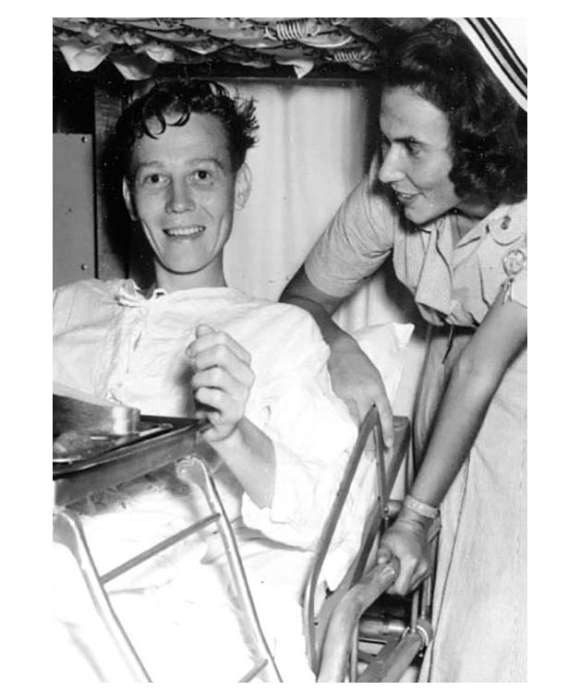
Benevolence in Tokyo Bay: The USS Benevolence (AH-13)
The USS Benevolence was one of three hospital ships in Tokyo Bay on September 2, 1945. The ship served as a haven and first stop in rehabilitation for thousands of Allied POWs.
This article is part of an ongoing series commemorating the 75th anniversary of the end of World War II made possible by Bank of America.
Ed Lengel, PhD
Edward G. Lengel is the former Senior Director of Programs for the National WWII Museum’s Institute for the Study of War and Democracy.
Cite this article:
MLA Citation:
APA Citation:
Chicago Style Citation:
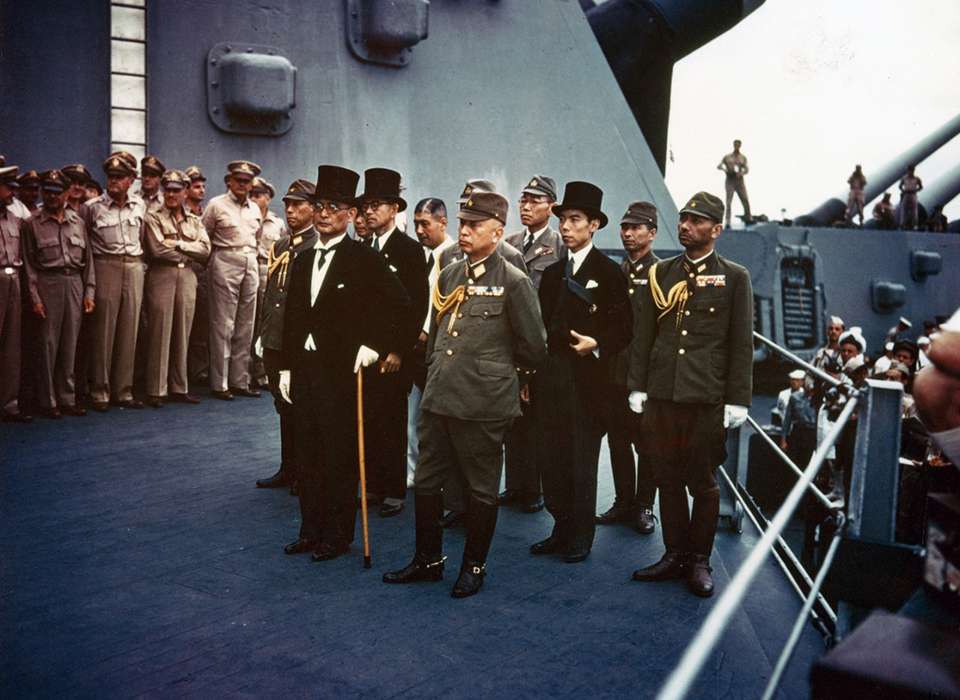
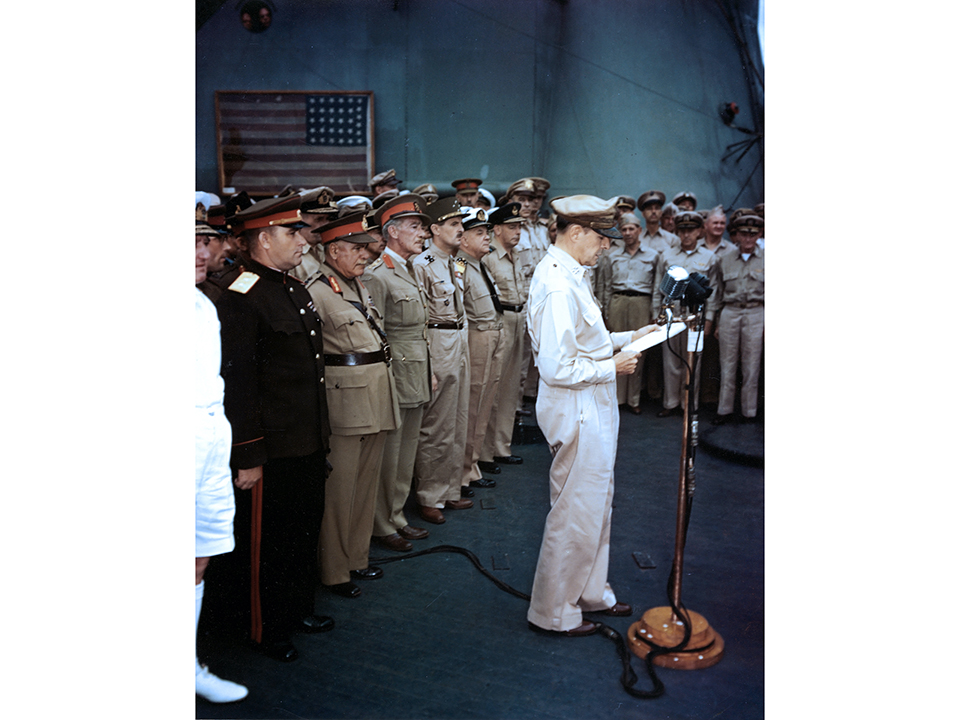
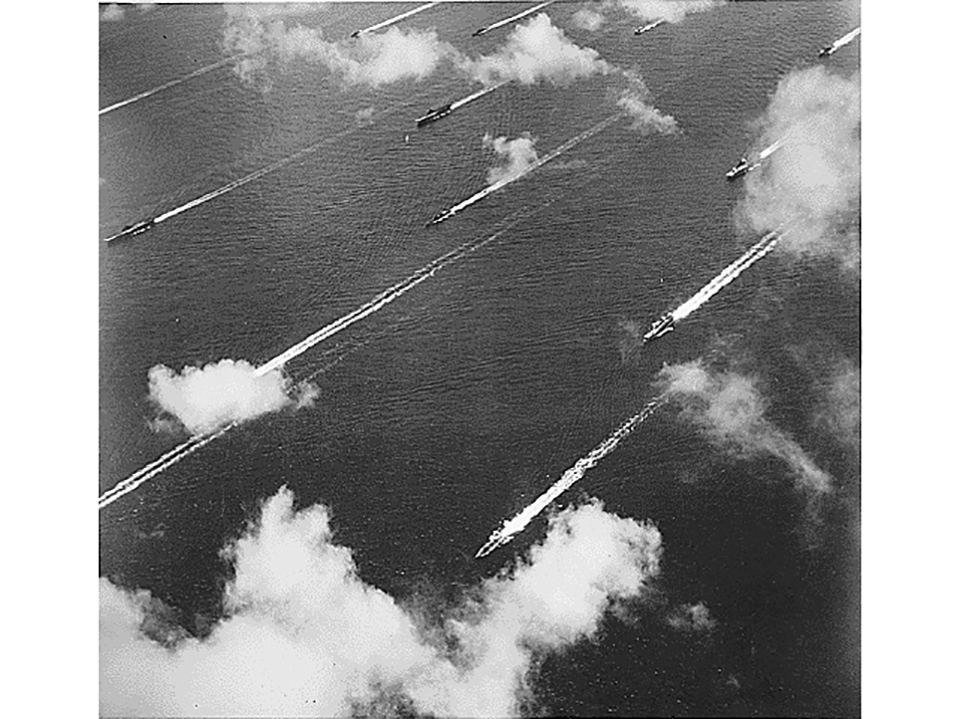
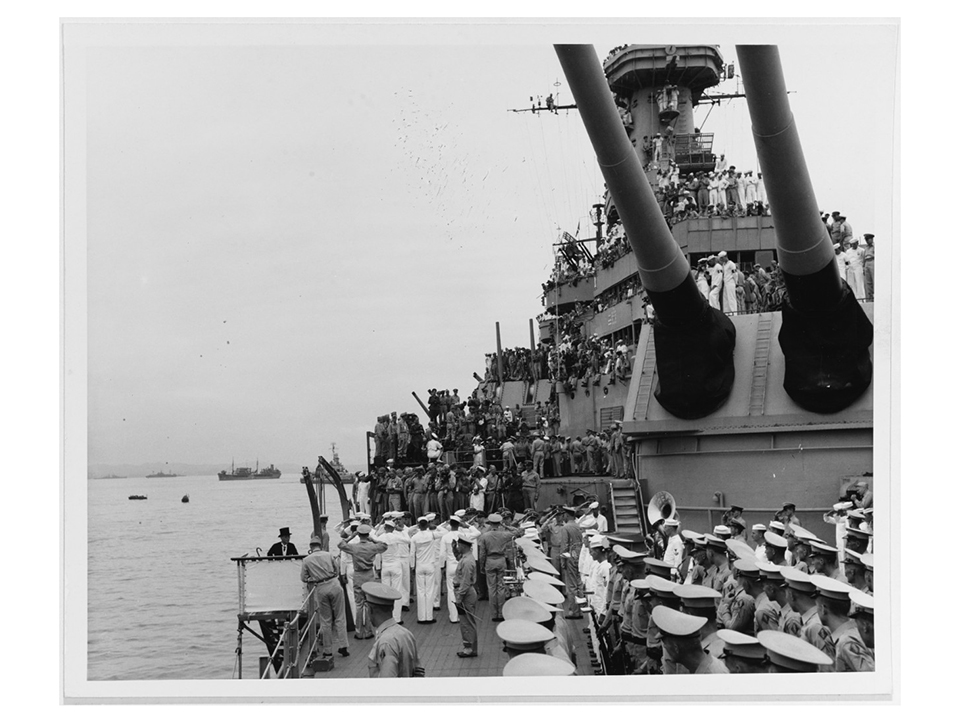
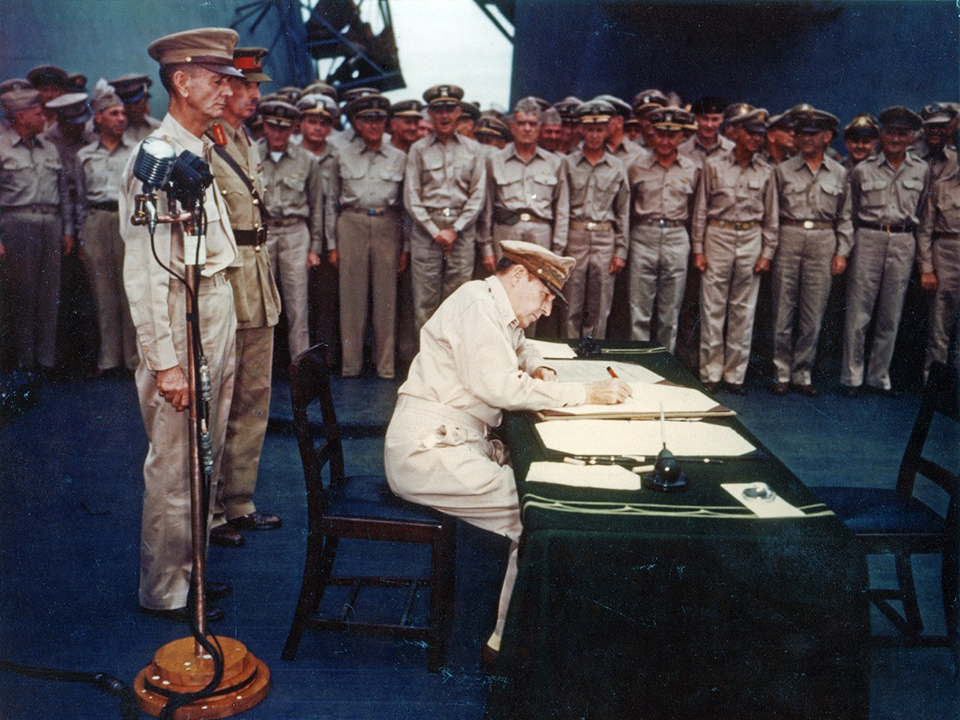
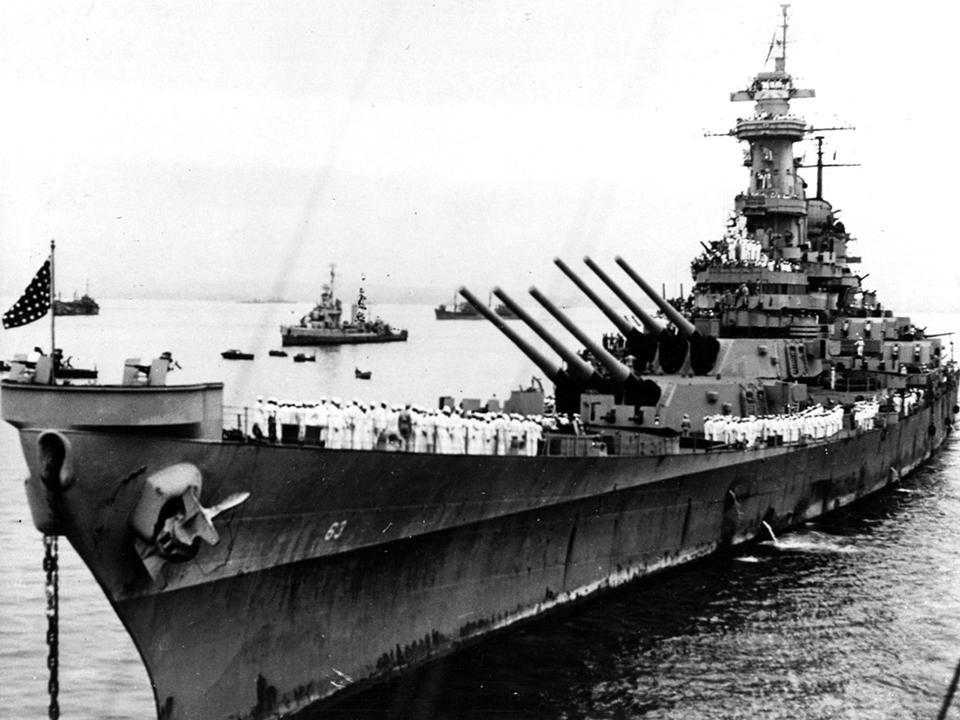

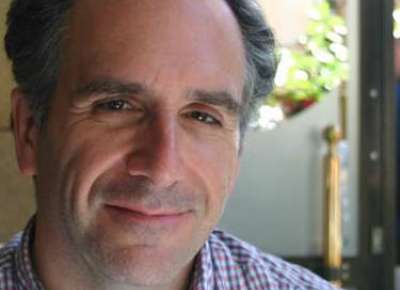





![Max Fuchs, New York City cantor, sings as Rabbi Sydney [sic] Lefkowitz, Richmond, VA, conducts the first Jewish services from Germany.](/sites/default/files/styles/max_650x650/public/2025-10/image1.jpg)

